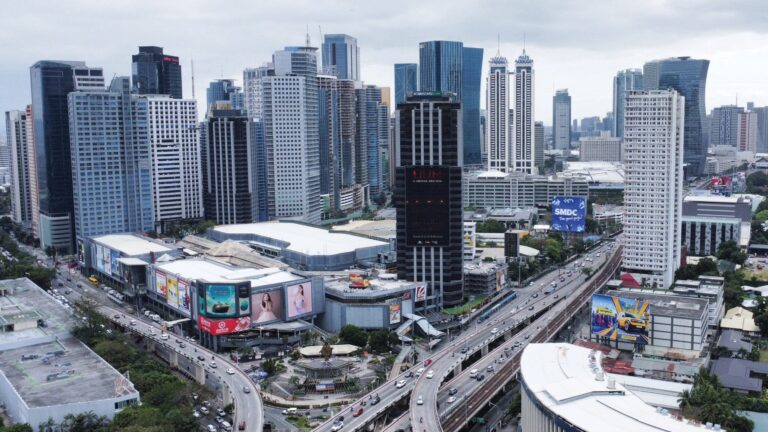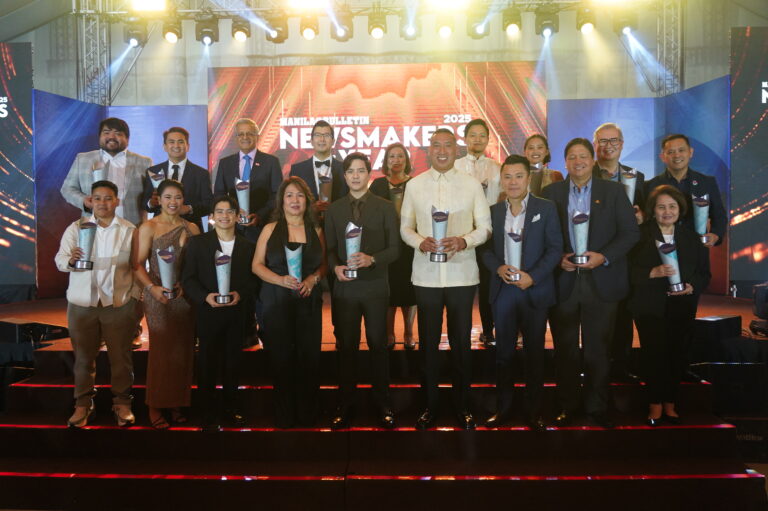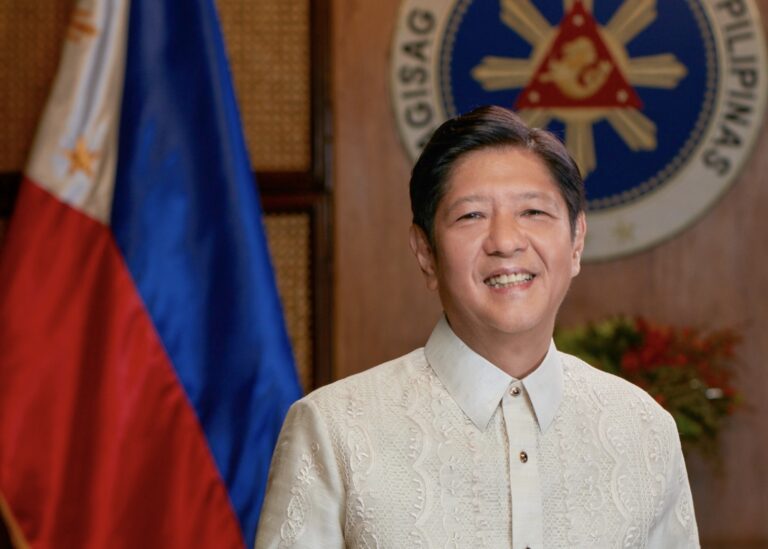By KRISTEL SATUMBAGAHeartbreaks came through in the succeeding editions as none even came close to the medal rounds in the 2000 Atlanta, 2004 Athens, 2008 Beijing, and 2012 London. Then came weightlifter Hidilyn Diaz.The Philippines has come a long way from becoming the first Southeast Asian country to participate in the 1924 Olympics to producing champions in two consecutive editions …
By KRISTEL SATUMBAGA
Heartbreaks came through in the succeeding editions as none even came close to the medal rounds in the 2000 Atlanta, 2004 Athens, 2008 Beijing, and 2012 London. Then came weightlifter Hidilyn Diaz.
The Philippines has come a long way from becoming the first Southeast Asian country to participate in the 1924 Olympics to producing champions in two consecutive editions a century later.
It all started from sprinter David Nepomuceno. One hundred years ago, the Oas, Albay native embarked on a gruelling 33-day journey aboard a ship to compete in the 100- and 200-meter dash in the 1924 edition in Paris, France. Though he failed to progress to the next rounds, his participation alone paved the way for future Filipino athletes to seek international glory in the world’s grandest sporting event.
It didn’t take long for Team PH to barge into the medal tally. Four years after Nepomuceno’s stint, the country produced its first Olympic medalist in swimmer Teofilo Yldefonso, who won the bronze medal in the men’s 200-meter breaststroke at the 1928 Amsterdam edition.
Yldefonso followed it up with another bronze in the same event at the 1932 Los Angeles, where high jumper Simeon Toribio and boxer Jose Villanueva (men’s bantamweight) also bagged their respective bronze medals.
Another medal came through the following edition in the 1936 Berlin courtesy of a bronze from Miguel White in men’s 400-meter hurdles, until the country suffered a medal drought in the 1948 London, 1952 Helsinki, 1956 Melbourne, and 1960 Rome editions, despite sending an average of 32 athletes.
Then came the 1964 Tokyo Games where Villanueva’s son, Anthony, captured the country’s first silver medal in the men’s featherweight in boxing.
Another medal lull came as Team PH failed to produce in the 1968 Mexico, 1972 Munich, and 1976 Montreal editions. The country did not participate in the 1980 Moscow and returned into action in the 1984 Los Angeles, but the medal—particularly the gold—remained elusive.
Two more bronze medals were won in the two succeeding editions, courtesy of boxers Leopoldo Serrantes in 1988 Seoul and Roel Vealsco in 1992 Barcelona. The gold was within reach in the 1996 Atlanta Games when Mansueto “Onyok” Velasco battled in the final round of the men’s lightweight, but yielded to Bulgarian Daniel Petrov.
Heartbreaks, however, came through in the succeeding editions as none even came close to the medal rounds in the 2000 Atlanta, 2004 Athens, 2008 Beijing, and 2012 London.
Then came weightlifter Hidilyn Diaz.
After unsuccessful stints in the last two editions, the Zamboanga standout finally ended the country’s 20-year medal drought by winning the silver in the women’s 53kg.
She wasn’t done. Five years later in the pandemic-delayed Tokyo Games in 2021, Diaz finally captured the elusive gold medal after triumphing in the women’s 55kgs. Two silvers also came from boxers Nesthy Petecio and Carlo Paalam, as well as a bronze from Eumir Marcial.
Then another brigade came in the 2024 Paris Games, with gymnast Carlos Yulo duplicating Diaz’s feat—literally—by winning two gold medals in the men’s floor exercise and vault, and Petecio and Villegas also claiming a bronze apiece in boxing.
The country may have taken almost 100 years to produce that elusive gold, but with the way things are going, more mints will come in the future.





